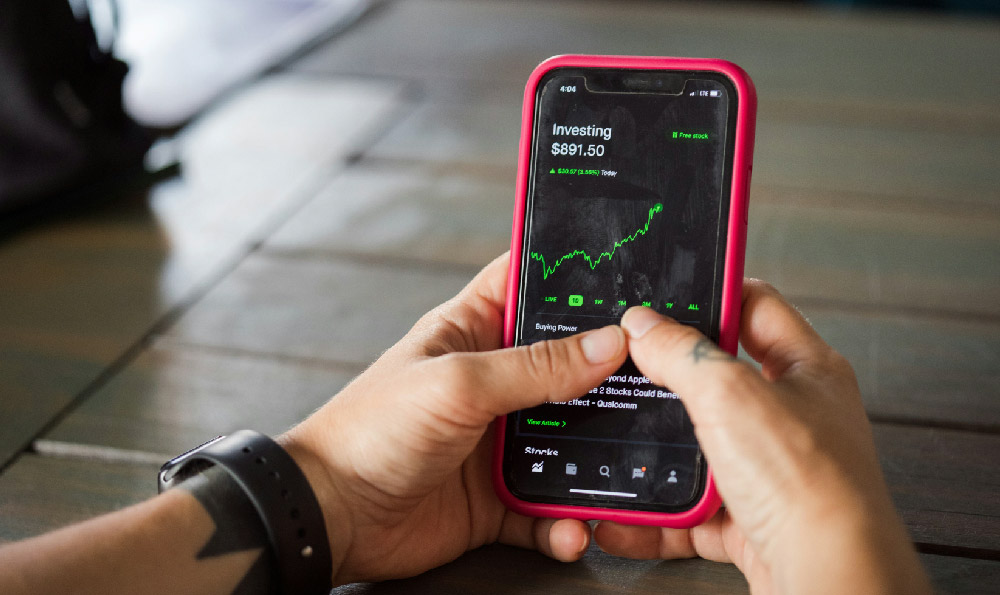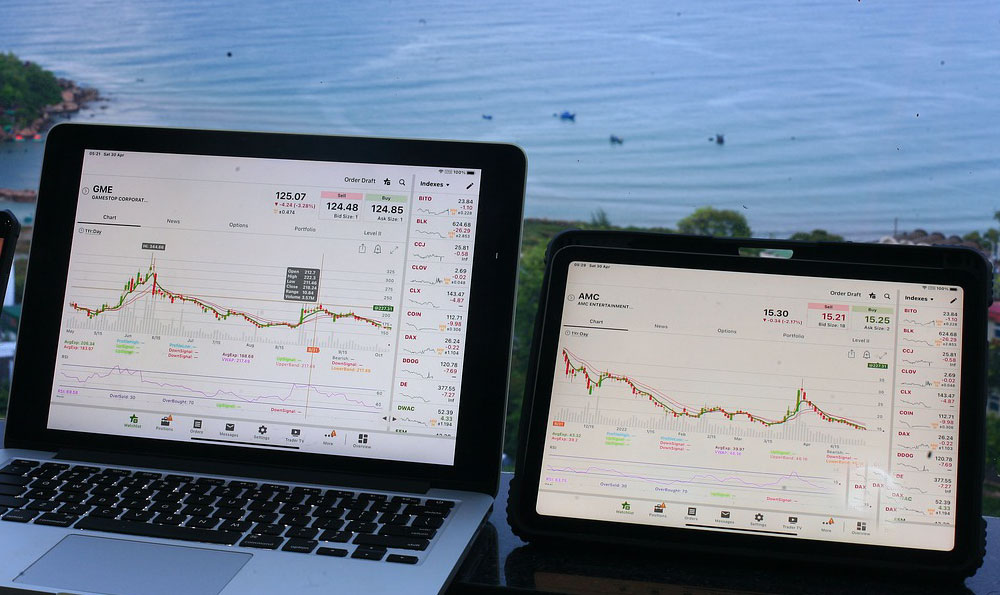
KeepBit, a popular trading platform, frequently boasts about its order execution speed. But how fast is it really, and more importantly, how can you, as a trader, independently verify and benchmark these claims to ensure you're getting the performance you expect? Understanding KeepBit's order speed, and knowing how to assess it, is crucial for optimizing your trading strategies and potentially increasing your profitability.
KeepBit's advertised order speed usually refers to the time it takes for an order to be received by their system, processed, and acknowledged. This timeframe, often measured in milliseconds (ms), is influenced by several factors, both internal to KeepBit and external, related to the user's own internet connection and trading setup. Internal factors include the exchange's matching engine efficiency, the network infrastructure within KeepBit's data centers, and the software architecture of their trading platform. External factors consist of the trader's internet service provider (ISP) speed and latency, the geographical proximity to KeepBit's servers, the type of order being placed (market, limit, stop-loss), and even the trader's computer hardware.
While KeepBit likely provides average order execution speeds in their documentation or marketing materials, these figures should be taken with a grain of salt. These averages might not reflect the performance you experience, especially during periods of high market volatility when order volumes surge. In such circumstances, even the fastest exchanges can experience delays due to increased system load. Furthermore, advertised speeds are often measured under ideal conditions, using highly optimized configurations and infrastructure that the average trader might not replicate.

Therefore, benchmarking KeepBit's order speed independently is essential. One common method involves analyzing your own trade history. KeepBit should provide detailed order execution reports that include timestamps for when the order was placed, received, and filled. By calculating the time difference between these timestamps, you can determine the average execution speed for your trades over a specific period. To obtain a more accurate benchmark, it's vital to analyze a large sample size of trades, ideally over a range of market conditions. This approach can help identify any patterns or trends, such as slower execution times during peak trading hours.
Another more sophisticated method is to use automated trading bots or APIs to send a series of test orders to KeepBit. These test orders should be small and insignificant in terms of market impact to avoid affecting live trading conditions. By recording the timestamps for each order and analyzing the data, you can calculate the average order execution speed with a high degree of accuracy. This method allows for controlled testing, where you can manipulate variables such as order size, order type, and time of day to assess their impact on execution speed. Dedicated testing tools specifically designed for benchmarking exchange performance are also available; these tools often offer more advanced features such as latency monitoring and packet analysis.
When conducting your own benchmarks, consider the following key aspects:
-
Network Latency: Your internet connection plays a critical role. Use online speed tests to measure your ping time to KeepBit's servers. Lower ping times generally translate to faster order execution. Consider using a Virtual Private Server (VPS) located geographically close to KeepBit's data centers to minimize latency. A VPS can provide a more stable and faster connection than your home internet, especially during periods of high traffic.
-
Order Type: Market orders typically execute faster than limit orders because they are designed to be filled immediately at the best available price. However, market orders can also be subject to slippage, which is the difference between the expected price and the actual execution price. Limit orders, on the other hand, allow you to specify the price at which you are willing to buy or sell, but they may not be filled immediately if the market doesn't reach your desired price. Test different order types and observe their execution speeds.
-
Trading Volume: During periods of high trading volume, order execution speeds may slow down due to increased system load. Benchmark KeepBit's order speed during both peak and off-peak hours to understand how volume affects performance. Experiment with different order sizes; smaller orders are generally processed faster than larger ones.
-
API Usage: If you are using KeepBit's API to trade, ensure that your code is optimized for performance. Use efficient data structures, minimize API calls, and handle errors gracefully. Consider using a faster programming language or a more efficient API library to improve your trading bot's performance.
-
Hardware Performance: Your computer hardware can also impact order execution speed. Ensure that your computer has sufficient processing power, memory, and network bandwidth to handle your trading activities. Close any unnecessary applications to free up resources and improve performance.
Beyond simply measuring order speed, you should also consider other factors that contribute to overall trading performance, such as the frequency of order rejections, the stability of the platform, and the quality of customer support. KeepBit might advertise impressive order speeds, but if the platform is prone to errors or lacks responsive customer support, it may not be the best choice for your needs.
Finally, remember that KeepBit's order speed is not the only determinant of trading success. While fast execution is important, other factors such as your trading strategy, risk management skills, and market analysis abilities play a more crucial role in your overall profitability. Understanding KeepBit's order speed and benchmarking it regularly can help you optimize your trading setup and improve your chances of success, but it should be viewed as just one piece of the puzzle. Use the information you gather to fine-tune your strategies and adapt to changing market conditions. Consistently monitoring and adapting your approach is key to long-term success in the dynamic world of trading.




